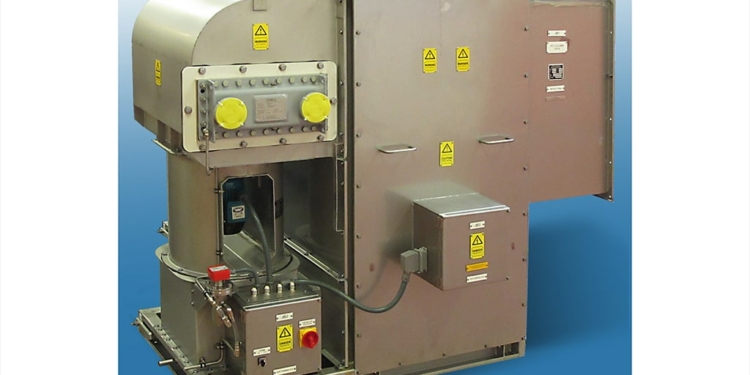Source: MEM UK article
by Cristina Diaconu. Productivity in the UK maritime sector has rapidly increased over the past five years. Choosing the correct components to include when building or refurbishing a ship is essential to ensure productivity and efficiency remain elevated. Here, David Atkins, project director at power resistor manufacturer Cressall explains how to choose the right resistor for your marine application.
Power resistors, able to withstand and dissipate large amounts of power, have a wide range of applications within the marine sector. Resistors are required for many purposes including dynamic braking, ship stabilisation and improving power quality using harmonic filters to protect delicate machinery on board.
With so many applications for resistors, there are some important considerations to bear in mind when choosing which resistor is suitable for the job at hand.
Cooling
As power resistors dissipate energy as heat, marine requirements such as ingress protection (IP) ratings for enclosures can reduce airflow, modulating the resistors’ ability to work effectively.
However, water and oil cooling systems are already present on the majority of large ships. Some resistors on the market including Cressalls’ water-cooled range are able to use these cooling systems, but careful planning is required prior to installation.
Resistance and power rating
Each application that requires a power resistor will have unique requirements, including electrical resistance and power rating.
The resistance, measured in ohms (Ω), determines how effectively the resistor transforms the electricity into heat energy, whereas the power rating, measured in watts (W), is the amount of power that can safely pass through the resistor without risking damage.
While their practical applications are distinctly separate, the properties are intrinsically linked as power is equal to the current squared, multiplied by resistance.
As the power rating is measured and defined at standard conditions and is extremely dependent upon the final operating conditions, changes should be expected when used in the marine sector. Therefore, it may be wise to install a resistor with a power rating in excess of what is expected.
For example, Cressall’s EV2 resistor, when operating at 0.22 bar as a single module has a power rating of around 5 kW when operating at a temperature of 10°C, compared to 7.5 kW at a temperature of 14°C.
Choosing a resistor that meets the required power and resistance rating is essential. If the power passed through the resistor exceeds its rating at any given time, both the resistor and connected machinery could become damaged, which could be very costly and cause dangerous faults.
Resistors with an insufficient power rating may become overloaded, carrying a risk of fire, which is extremely dangerous on ships. In addition to damaging the ship structure, the confined space makes it immediately dangerous for workers and equipment on board the vessel.
On the flipside, resistors with higher power ratings are typically made of more expensive materials, meaning the cost of the resistor is higher.
Size and weight
Cressall has the expertise to produce bespoke resistors, specifically designed to meet electrical needs while fitting into tight areas. Space is often particularly restricted in ship machine and engine rooms, where resistors are usually installed, so small off-the-shelf resistor solutions are often installed.
For some situations, such as braking resistors used on thrusters, a small compact resistor with a comparatively low power rating is the perfect fit. This is why, in addition to its bespoke resistor capabilities, Cressall has produced the EV2 range of advanced modular watercooled resistors.
Able to operate as a single module, or a combined unit, the EV2’s 25kW continuous rating means power input can range from 10kW to over 1MW, while remaining space-efficient.
Choosing the correct resistor is essential to ensure productivity is as high as possible, by meeting the specific requirements of the project alongside demands of the ship.


































